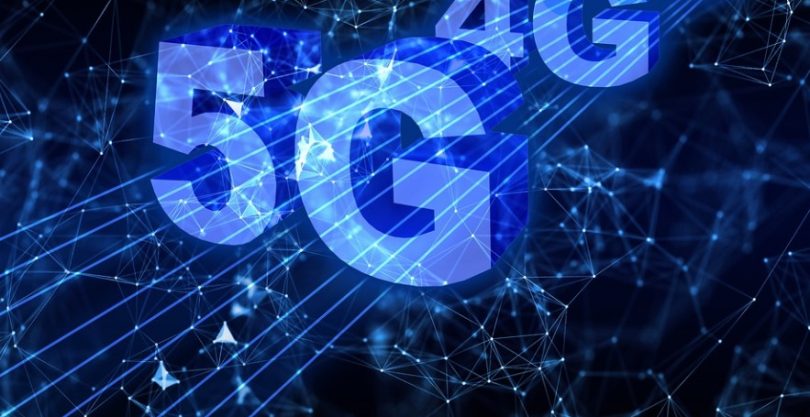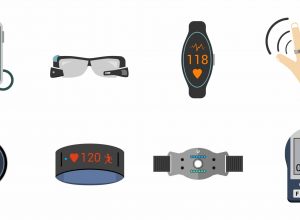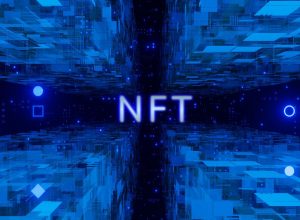5G Technology : If you are looking for an explanation on the differences between 4G and 5G technology, then you have come to the right place. Here we’ll talk about the concept, evolution, and high-band of 5G.
The benefits of 5G are numerous, so let’s get started. You can also learn about the 4G network’s shortcomings, as well as the high-band version.
Benefits of 5G technology
The speed and low latency of 5G can revolutionize virtually every industry. For example, it can facilitate automated assembly lines and improve manufacturing processes. 5G technology could also improve health care.
A 5G network could facilitate near-real-time 3D imaging and advanced di/agnostics, as well as wireless connectivity for robotic surgical equipment. In addition, 5G technology would improve public spaces, where large crowds strain the networks today. Listed below are some of the potential benefits of 5G technology.
Read Also: What Is Blockchain Technology and Where Is It Used?
Cities will be better able to manage their resources and processes. Managing resources and operations can be expensive, and cities are no exception. However, with 5G, city management will become more efficient and responsive.

It will connect and automate everything, from public spaces to streets and buildings, as well as personal devices. In order to enable 5G, cities will need to install sensors on every corner, creating massive data that must be communicated to the infrastructure.
5G technology Concept
With the release of the fifth generation of mobile networks, we are able to enjoy much higher data speeds than before. The next generation of mobile networks will be able to seamlessly connect a large number of embedded sensors. Unlike the current 4G technology, 5G networks will be able to scale in both data rates and mobility, making them extremely efficient. The new technology will also be able to reach peak data rates of up to 20 Gbps, meeting the strict requirements of the IMT-2020 standard. This is one of the key benefits of 5G networks. In addition to that, it can expand into new spectrum, providing a higher rate of service and speed.
The 5G technology will provide a unified air interface, allowing for faster data transmission and new deployment models. It will revolutionize the mobile ecosystem and will impact virtually every industry, including the manufacturing industry. It will enable remote healthcare, safer transportation, digitized logistics, and much more. By 2035, 5G could enable $13.1 trillion worth of goods and services. But what exactly does 5G mean? In short, it is a worldwide wireless standard designed to connect virtually everything, no matter the size or location.
5G Technology Evolution
The Evolution of 5G will enable seamless connectivity in the smart office and commuters will be able to access cloud-based apps. Video conferencing will be possible with 360-degree video, real-time interaction and translations.
The top drivers of 5G adoption over the next two years will be better video and industrial Internet of Things. The technology will enable greater battery life and scalability, too. These are just a few of the many applications that will take advantage of 5G.
Adoption challenges and economies of scale will determine the deployment strategy for 5G. eMBB, for example, may be the first use case category to be deployed in dense urban areas, while 5G-enabled smartphones are the focus of device manufacturers and carriers. Each use case will complement the other. Eventually, however, all categories of 5G will need to be deployed in order to achieve the full benefits of the technology.

5G Technology High-band
When the new High-band 5G technology is widely deployed, it will only be possible to conduct observational studies. But because the high-band frequencies are not clearly defined, it is difficult to assess the human exposure to them. Here are some facts you should know about this new technology. Despite the hype surrounding it, there are still significant safety concerns. While the technology is still in its infancy, it promises to deliver high-speed internet to consumers and businesses.
The high-band 5G technology will use existing antennae sites. The frequencies used are 25-39 GHz, which is near the bottom of the millimeter-wave band. However, higher frequencies may be used later. In addition to high-band 5G, other bands will also be used. Despite the uncertainty, the technology will improve our lives. And in the meantime, you should be prepared to upgrade your phone to a new phone!
Low-band version
The first companies to launch low-band 5G devices are T-Mobile, AT&T and Verizon, with Spirit awaiting the outcome of its merger with T-mobile. The low-band version of 5G will not support gigabit speeds, but it will be sufficient for downloading files at a few hundreds of megabytes per second. This is far from being the end of 5G.
The next step is figuring out what the technology is capable of and which bands are most suitable for the needs of mobile users.
The Low-band version of 5G technology is a wireless network that uses the same frequencies as 4G but delivers faster speeds over long distances. It works best in remote areas, where there are only a few cellular towers.
The frequency range of low-band 5G is between 600 GHz and 900 GHz, and it can be as fast as 10 times faster than 4G speeds. The low-band version of 5G is not as fast as other versions, but it has the advantage of being able to travel far.
Read: Everything You Need to Know About 5G














Comments